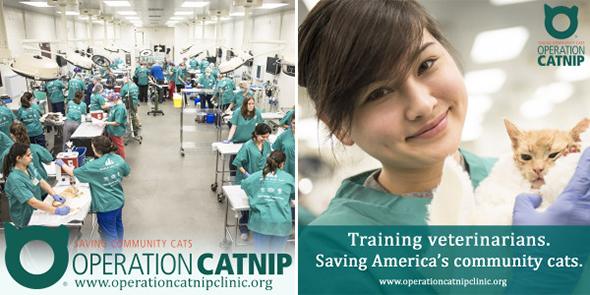Between 1979 and 2015, more than 13,000 U.S. veterinarians died. At least 398 of them took their own lives. Which, according to recently published research, is 2.1 (for males) to 3.5 (for females) times higher than the suicide rate nationally. Those working with companion animals (as opposed to, say, “food animals”) were among veterinarians most likely to die by suicide [1].
Unfortunately, the study provides no breakdown for shelter medicine vets, who generally see more killing than any of their colleagues other than perhaps those working with the aforementioned “food animals.” It’s not difficult to imagine higher rates of suicides among these veterinarians, certainly—but let’s set that aside for the moment and assume it’s no different from the overall rate for companion animal vets.*
What would happen if TNR opponents had their way—and the killing of healthy cats increased by a factor of 10, 20, or more? Read more

